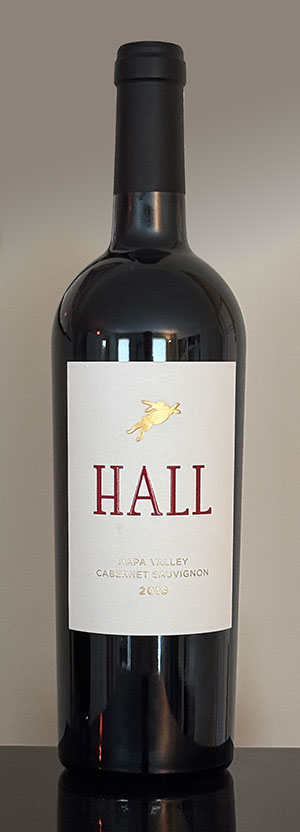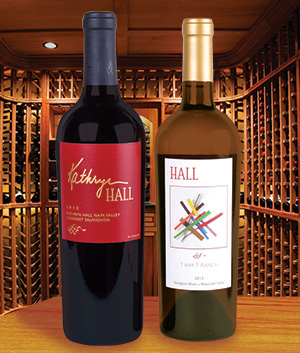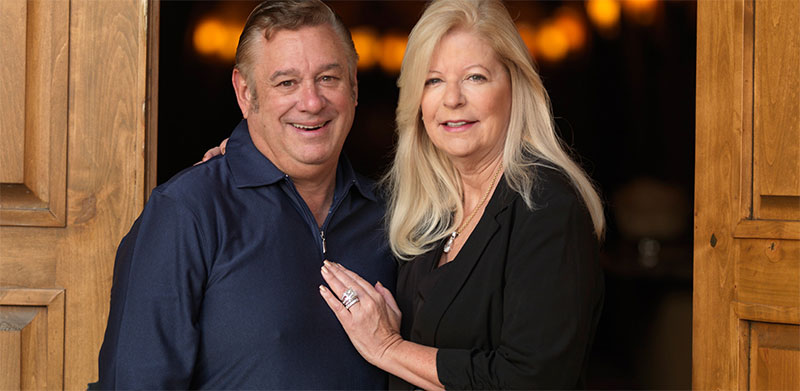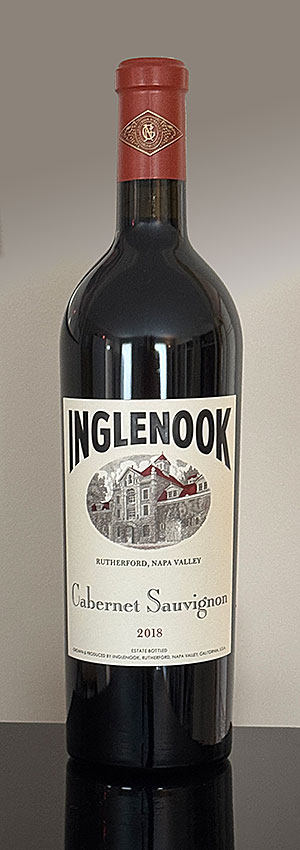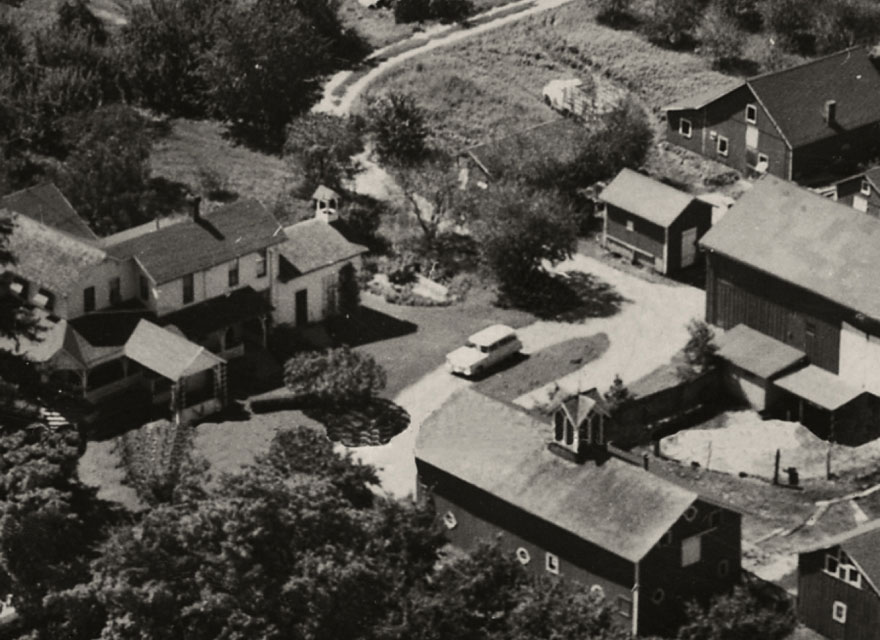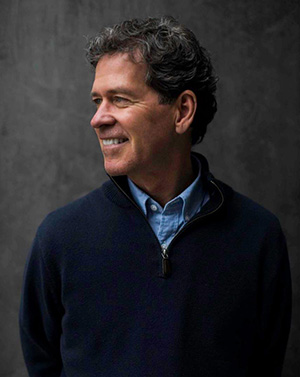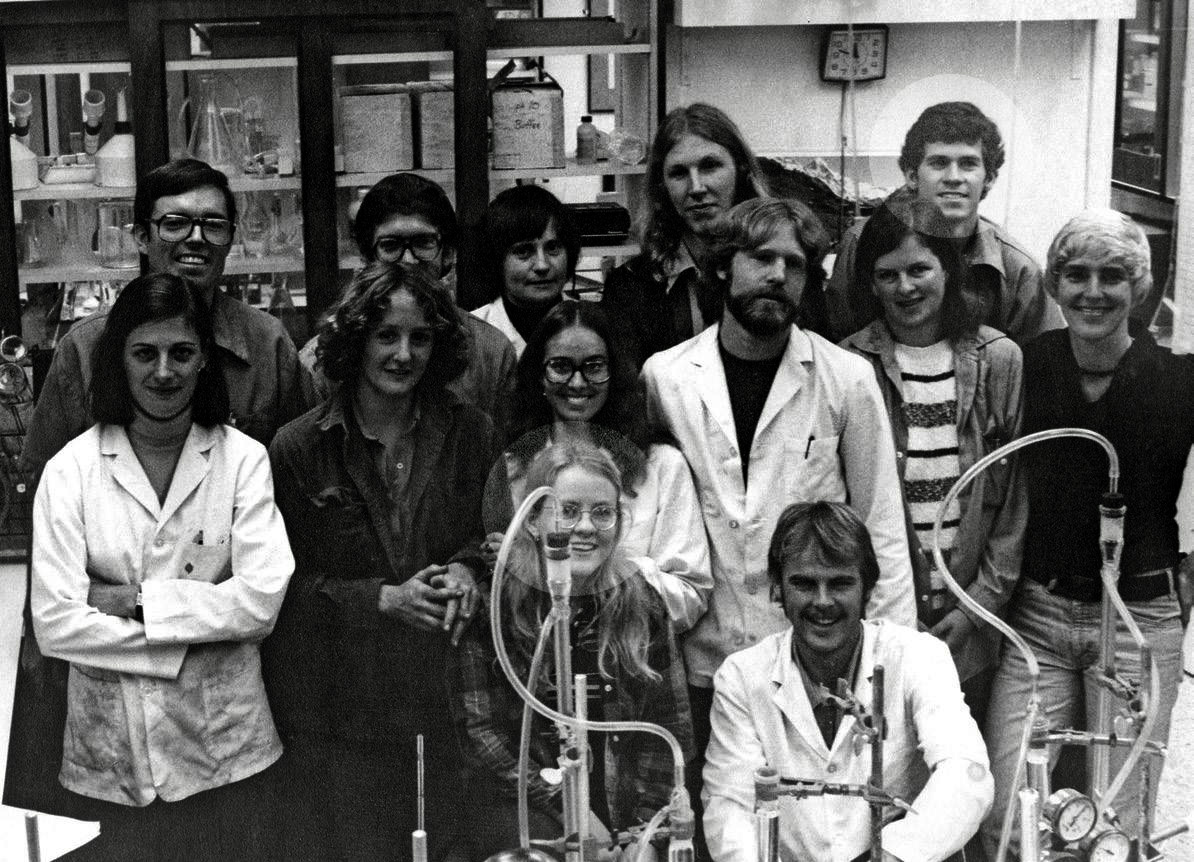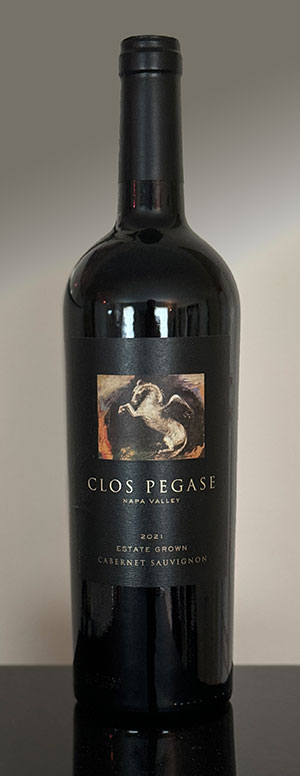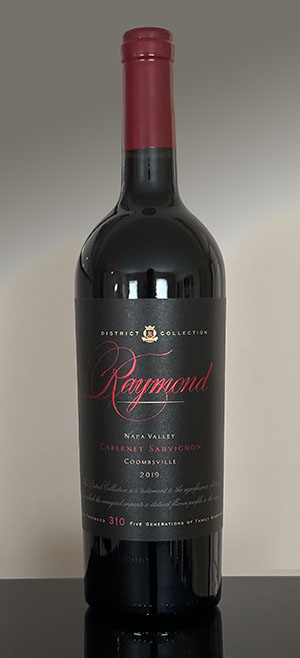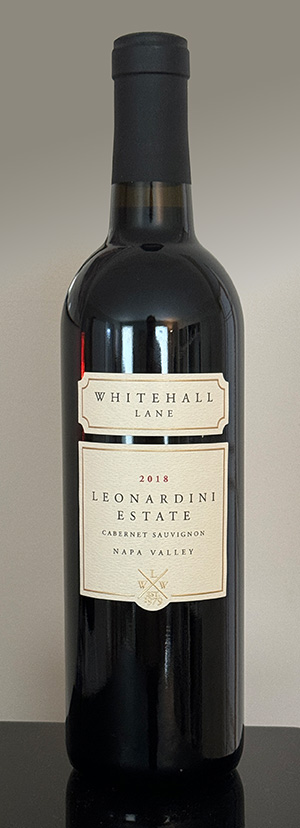
The Raymond name has been associated with Napa valley since the year Prohibition ended. The Raymond family arrived in Napa Valley in 1933. Roy Raymond married into the Beringer family in 1936. He worked as winemaker for Beringer from 1933 to 1970. The following year, he and his two sons Walter and Roy Jr set out on their own with a 90-acre estate property in Rutherford. They released their first commercial wine under the Raymond Vineyards label in 1974. The estate now comprises 300 acres in Rutherford, St. Helena, and Jameson Canyon. All are are certified organic and biodynamic. The winery is also operated on 100% solar power.
In 1989, Kirin Holdings purchased the winery, with the Raymond family still managing the property and production.
Continue reading “Raymond District Collection Cabernet Sauvignon Oak Knoll 2019”


